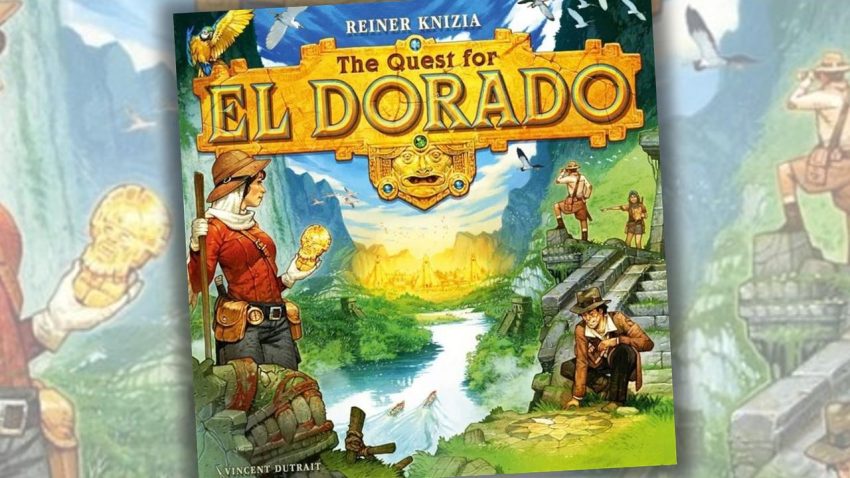A Deep Dive into Reiner Knizia’s Game Design Legacy
Reiner Knizia is a name that resonates deeply within the board game community. Known for his innovative and often deceptively simple designs, Knizia has created a vast portfolio of games that have stood the test of time. From classics like Modern Art to more recent titles, his work continues to inspire both casual players and hardcore enthusiasts alike.
Knizia’s influence on the board gaming landscape is undeniable. His ability to craft mechanics that are easy to learn but challenging to master has made him a favorite among designers and players. Many of his games have become staples in collections around the world, and his reputation as a prolific game designer is well-earned. In fact, some of the most dedicated fans have even embarked on projects to explore every game he has ever designed, such as the Reiner Knizia alphabet, which aims to catalog his entire body of work.
One of his 2017 releases, The Quest for El Dorado, was particularly intriguing. It marked a departure from his usual style, as it ventured into the realm of deck-building—a genre that had gained significant popularity in the years prior. This move showcased Knizia’s willingness to experiment with new mechanics while still maintaining the core elements that make his games so engaging.
For many players, including myself, The Quest for El Dorado has been a go-to title for its blend of strategy, luck, and resource management. I’ve played it countless times, and each session offers a unique experience. The game also holds a special place in my heart because I have taught it at Gen Con for several years, helping others discover its charm and depth.
Despite its popularity, The Quest for El Dorado had not received a proper review on Meeple Mountain until recently. This oversight was an opportunity to revisit the game and provide a fresh perspective. Fortunately, Ravensburger, the game’s publisher, was kind enough to send me a copy of the updated version, which features improved components and artwork. This allowed me to evaluate how these changes affected the overall gameplay and experience.
Exploring the Deck-Building Genre
Deck-building has become one of the most popular mechanics in modern board gaming. Titles like Dominion and Thunderstone have set the standard for this genre, offering players a mix of strategy and randomness that keeps each game feeling fresh. Knizia’s entry into this space with The Quest for El Dorado was a bold move, and it’s worth examining how he approached the mechanic.
In The Quest for El Dorado, players take on the role of explorers searching for the legendary city of gold. The game combines elements of resource gathering, trading, and strategic decision-making. Players build their decks by acquiring cards that allow them to collect more resources, trade with other players, or gain advantages in different areas of the game.
What makes The Quest for El Dorado stand out is its balance between simplicity and depth. The rules are straightforward, but the interactions between different cards and strategies add layers of complexity. This makes the game accessible to newcomers while still providing enough depth to keep experienced players engaged.
Final Thoughts
Overall, The Quest for El Dorado is a solid addition to the deck-building genre. It successfully blends Knizia’s signature design principles with the mechanics of card-based strategy. The updated version further enhances the experience with improved visuals and components, making it even more appealing to both longtime fans and new players.
If you’re looking for a game that offers a mix of strategy, luck, and replayability, The Quest for El Dorado is definitely worth considering. Whether you’re a fan of Reiner Knizia or simply interested in exploring the deck-building genre, this game has something to offer.
